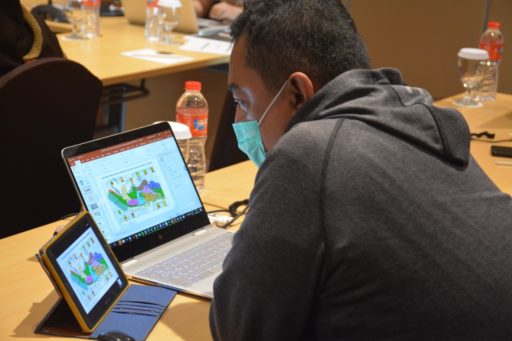
On 12 and 13 August 2020, NCU Indonesia attended two meetings with the Fishery Management Authority of the Fisheries Management Area of the Republic of Indonesia (LPP WPPNRI) to update the operational guidelines for LPP WPPNRI and to discuss the EAFM assessment of red snapper fisheries in Aru Islands and WPPNRI 718. On the first
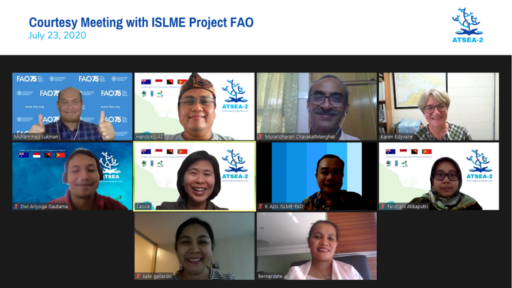
Following the Courtesy Meeting with MMAF’s Research and Human Resource Agency in late June, RPMU continues to hold virtual meetings with other government agencies and overlapping programmes in the region. The purpose of these meetings is to introduce the ATSEA-2 programme to various stakeholders and working groups, in order to provide them with not only
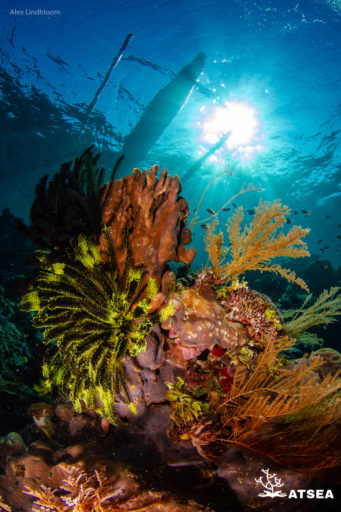
The implementation of the ATSEA-2 programme in Timor-Leste had begun back in December 2019. Where plans of project coordination within the region were just about to be initiated. Due to the Covid-19 outbreak, local travels within the country were limited up until six months after that initial phase when NCU Timor-Leste were able to coordinate
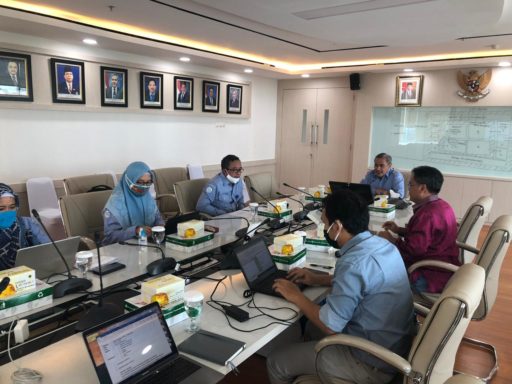
The last event of courtesy meetings with the echelon one of Indonesia Ministry of Marine Affairs and Fisheries (MMAF) was held on 29 June 2020 with the Research and Human Resource Agency (BRSDM KP). Similar to the three previous meetings, this meeting aimed to introduce ATSEA-2 RPMU and to seek suggestions on how the ATSEA-2
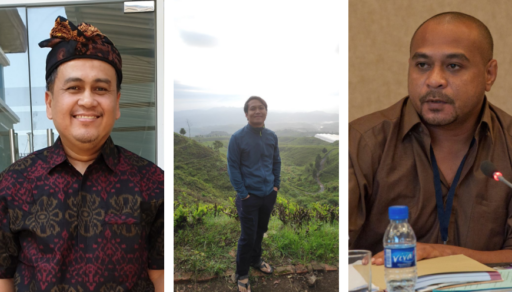
To implement a large-scale and complex programme such as the Arafura and Timor Seas Environmental Action (ATSEA) is not an easy feat.
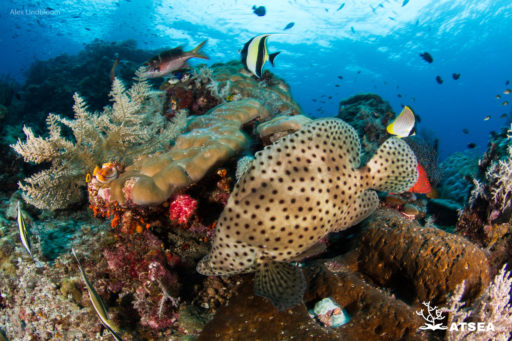
The official website for the Arafura and Timor Seas Ecosystem Action (ATSEA) Programme featuring vital information about its governance and activities was launched in June 2020.
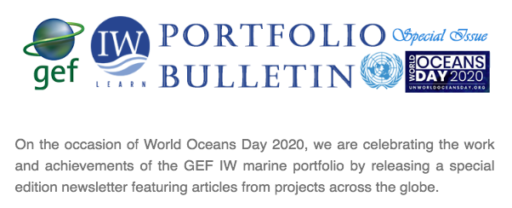
Part of ATSEA-2’s programme is to contribute to the IW:LEARN project, a Global Environment Facility’s (GEF) International Waters Learning Exchange and Resource Network (IW:LEARN).
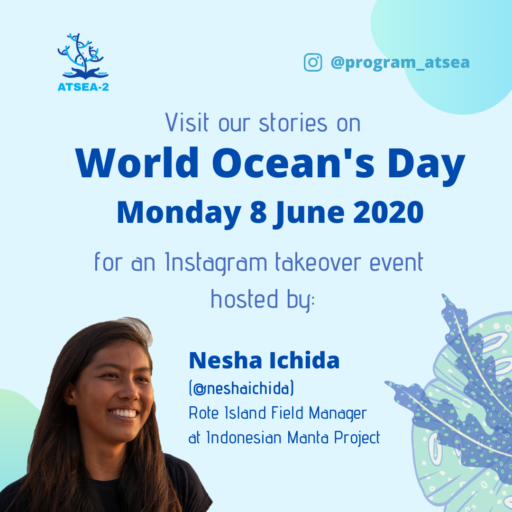
World Oceans Day is an international celebration held yearly on 8 June where organisations and individuals celebrate the importance of the Oceans for the planet.
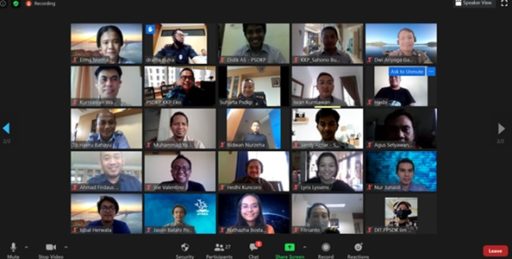
Throughout the time NCU Indonesia has implemented its activities and collaborated with Indonesia Ministry of Marine Affairs and Fisheries (MMAF).
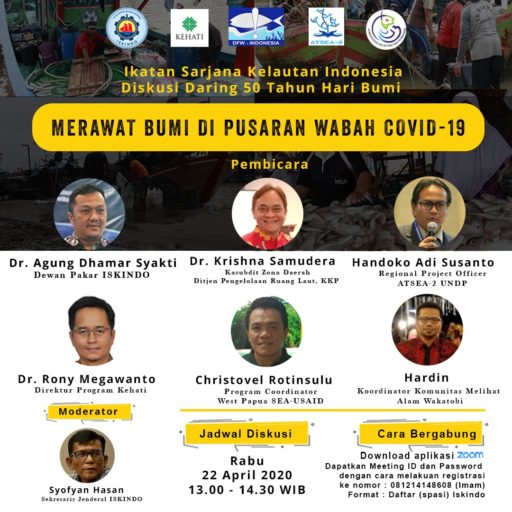
Earth Day is an annual event celebrated around the world on 22 April to demonstrate support for environmental protection.
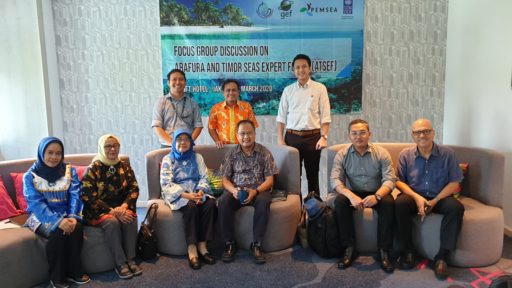
Through a Focus Group Discussion, ATSEA-2 moves forward to transform the Arafura and Timor Seas Expert Forum to a Stakeholder Partnership Forum.
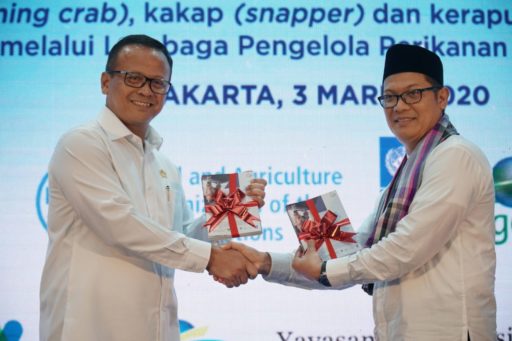
On March 3 2020, MMAF through the General Directorate of Captured Fisheries launched a harvest strategy for fisheries management of blue swimming crab, snapper and grouper.
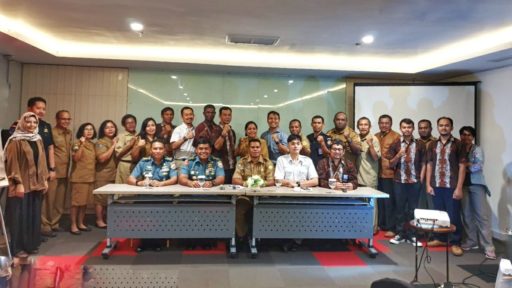
Merauke Regency’s natural wealth in Papua is marked by coastal areas and swamps. Kolepon Island is located in Merauke Regency and is one out of nine outer islands under the authorization of Papua Province located in the Aru Sea and adjacent to Australia. Dominated by mangrove swamp and muddy ground, the 11,620 km2 island is
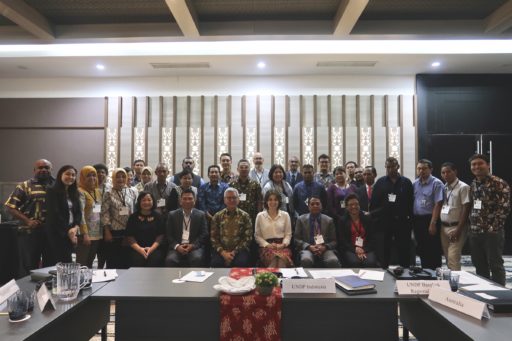
Throughout the end of 2019, all active ATSEA-s programme units were able to host their respective project Inception Workshop. These Inception Workshops are important steps for each management unit, partners and stakeholders involved to form discussions and work together for the common goals of ATSEA-2.
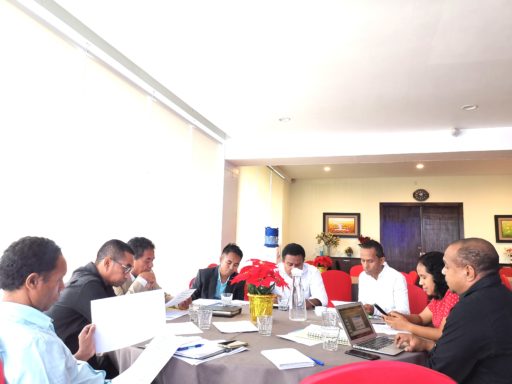
On 16 December 2019, after Timor-Leste’s National Inception Workshop, Timor-Leste’s National Coordination Unit (NCU) hosted the National Project Board (NPB) Meeting. The main agenda of the meeting was to present, discuss and adopt items on the Terms of Reference (TOR) for Timor-Leste’s NPB as presented by the Regional Steering Committee. Another item on the agenda
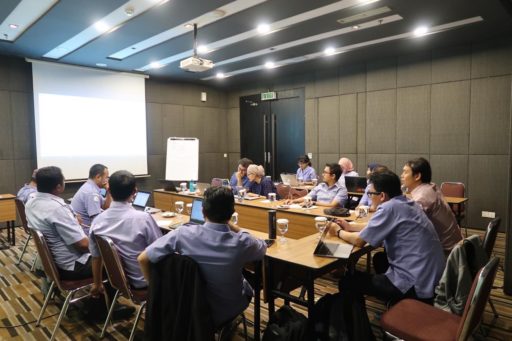
Aru Tenggara Islands Marine Protected Area (MPA) is one of the Indonesia’s National MPAs based on the Decree of Minister of Marine Affairs and Fisheries No KEP/63/MEN/2009. Aru Tenggara MPA hosts a rich ecosystem consisting of mangrove, seagrass, and corals – all in good condition. It is located in Aru Islands District, Maluku Province. This
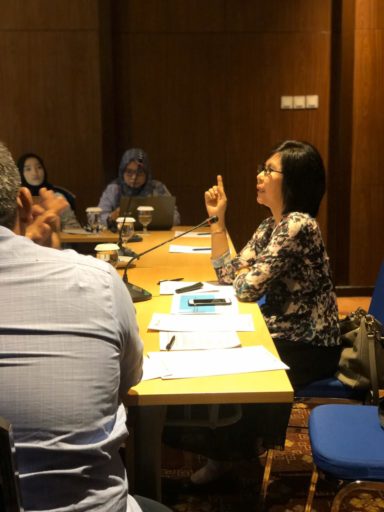
The Fisheries Management Areas of Republic of Indonesia (WPPNRI) is a series of geographical delineation set by the Republic of Indonesia, to identify various marine and fisheries areas within the country. WPPNRI was developed based on each area’s characteristics, diversity of fisheries resources, marine topography, seafloor morphology conditions, and Indonesian maritime boundaries. Through this management
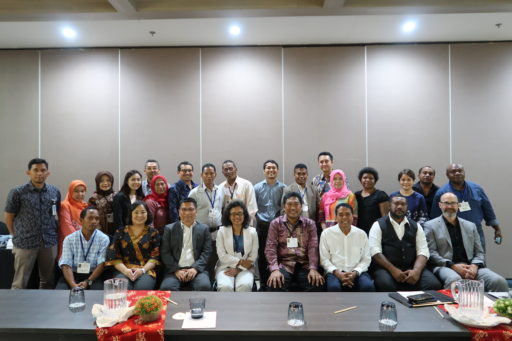
The first Regional Steering Committee (RSC) Meeting of the GEF/UNDP Project on Implementation of Arafura and Timor Seas (ATS) Regional and National Strategic Programs: Second Phase of the Arafura-Timor Seas Ecosystem Action Program (ATSEA 2) was held at the Swiss-Belresort Watu Jimbar, Denpasar, Bali, Indonesia on 19 November 2019. The RSC Meeting was exclusive to
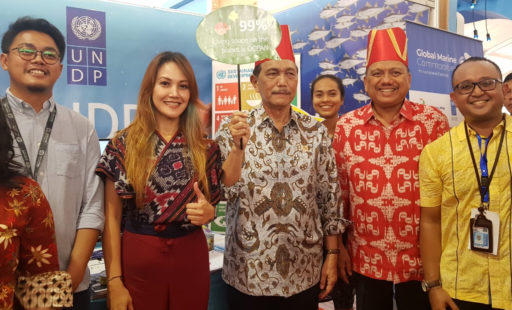
The United Nation (UN)’s Sustainable Development Goal (SDG) 14: Life Below Water became the main theme of ATSEA-2 participation on 2019’s Archipelagic and Island States (AIS) Forum. This annual event was hosted through a series of seminars followed by a three-day exhibition for startup business and projects supporting marine and fisheries activities throughout Indonesia. Together
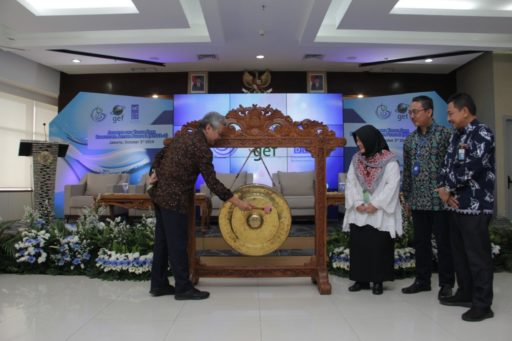
The tropical region of the Arafura and Timor Seas (ATS) is crucial to connect Indian and Pacific Oceans as well as important role in the world’s ocean circulation. ATS has been facing big challenges from lack of awareness on ecosystem level, transboundary threats and less integrated management of the region. During the period of 2001